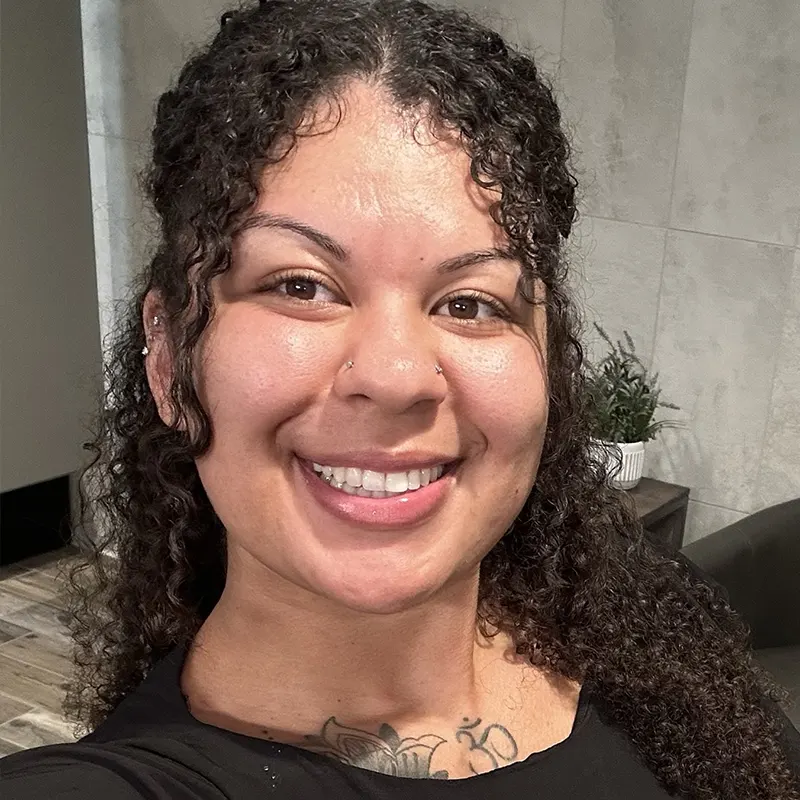In-home ABA therapy provides children with autism spectrum disorder (ASD) the opportunity to receive high-quality, individualized support in a familiar, comfortable environment. However, to maximize the benefits of these sessions, it’s important to take intentional steps to create a space that is safe, structured, and ready for learning.
At Cardinal Pediatric Therapies, we offer in-home ABA therapy across Arizona and North Carolina, and we know that a well-prepared home environment plays a key role in achieving successful outcomes.
Here are 10 essential tips to prep your home for in-home ABA therapy so your child can get the most from every session.

1. Create a Dedicated Therapy Space
Start by designating a consistent, distraction-free area in your home where therapy sessions will take place. This could be a spare room, a quiet corner of a larger room, or any low-traffic space where your child can focus.
Ensure the space is:
- Well-lit and comfortable
- Free from clutter and unnecessary items
- Reserved for therapy-related activities
Having a designated therapy area helps reinforce structure, enhances focus, and signals to your child that it’s time to engage in learning.
2. Remove Hazards and Breakables
Safety is a top priority during in-home ABA therapy. Take the time to childproof the therapy space and any areas your therapist may access during sessions. Remove fragile decorations, sharp objects, electrical cords, and choking hazards.
If therapy involves movement or gross motor activities, ensure the area is free from tripping hazards. A safe environment allows your child and therapist to focus entirely on progress without unnecessary risk.
3. Provide Easy Access to Reinforcers
Positive reinforcement is a key strategy in ABA therapy. Make sure preferred reinforcers—such as small toys, snacks, stickers, or sensory items—are easily accessible during sessions.
Keep them:
- Organized in a bin or drawer near the therapy area
- Clearly labeled if possible
- Rotated regularly to maintain interest
Quick and easy access to reinforcers ensures that your child receives immediate feedback and motivation, which supports learning and behavior improvement.

4. Communicate with Family Members
Let other household members know when therapy sessions will take place, and ask for their cooperation in maintaining a quiet, respectful environment. This reduces disruptions and helps your child focus.
Create a routine around therapy that the whole family understands. Consider placing a sign on the door to indicate when therapy is in session. Minimizing background noise and interruptions supports a more productive environment.
5. Establish Consistent Routines
Consistency is essential for children receiving ABA therapy. Help your child succeed by sticking to a predictable daily routine that includes:
- Start and end times for therapy
- Scheduled breaks or rewards
- Clear transitions between therapy and play or family time
Using visual schedules or routine charts can help your child understand expectations and reduce anxiety, especially if they are still building communication skills.
6. Collaborate with Your ABA Therapist
Open communication with your child’s ABA therapist is crucial. Talk about how to set up your space, what reinforcers work best, and how to handle potential behavior triggers at home.
Discuss:
- Your child’s preferences and sensitivities
- Household routines that may impact therapy
- Any adaptations needed for the therapy environment
Working as a team helps the therapist tailor strategies to your home and lifestyle, increasing the effectiveness of in-home sessions.

7. Prepare Materials and Resources in Advance
Stay organized by gathering all materials needed for therapy and keeping them in a consistent location. This may include:
- Visual supports and communication boards
- Data collection sheets
- Worksheets or flashcards
- Fine motor tools or toys used for reinforcement
Ask your therapist what resources are needed and how best to store them. Being prepared helps maximize the time spent in each session.
8. Optimize Lighting and Minimize Noise
Children with autism often have sensory sensitivities that can affect how they respond to their environment. Make sure the therapy space is:
- Well-lit with natural light or soft lighting
- Free from harsh overhead lights or flickering bulbs
- Quiet, with background noise kept to a minimum
Avoid distractions such as TVs, loud appliances, or conversations in nearby rooms. This will help your child stay focused and reduce the risk of overstimulation.
9. Familiarize Your Child with the Therapist
Introduce your child to their ABA therapist before the first session. Show them a picture, talk about their role, and explain how they’re there to help.
You can say something like:
- “This is your helper. They’re going to play games with you and teach you new things.”
- “They’ll help you learn how to ask for things and practice fun activities.”
Building familiarity helps reduce anxiety and increases your child’s comfort level when therapy begins.
10. Stay Flexible and Open to Change
Even with preparation, every child and home environment is different. Be willing to adjust based on the therapist’s suggestions or your child’s evolving needs.
Examples of flexibility include:
- Changing the therapy space setup
- Adding or removing reinforcers
- Adjusting lighting or noise levels based on feedback
Being adaptable and responsive to your child’s needs ensures a smoother, more effective therapy experience.

Get Started With Cardinal ABA Therapy Today!
Preparing your home for in-home ABA therapy is one of the most important steps you can take to support your child’s progress. A calm, organized, and safe environment promotes focus, consistency, and successful learning outcomes.
At Cardinal Pediatric Therapies, our team is committed to helping families across Arizona and North Carolina create a supportive space where therapy can thrive. By following these 10 tips to prep your home for in-home ABA therapy, you can help your child feel confident, engaged, and ready to succeed.
Looking for professional in-home ABA therapy services tailored to your child’s needs?
Contact Cardinal Pediatric Therapies today to learn how we can support your family with compassionate, evidence-based care delivered in the comfort of your home.











